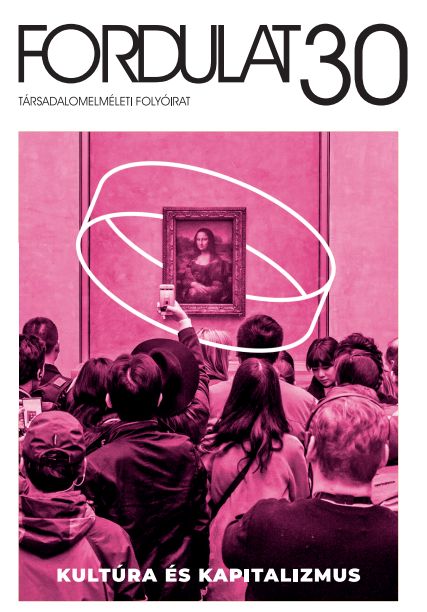Hegemónia, munkáskultúra, paternalizmus. A társadalmi kérdés múzeumi reprezentációja Budapesten és Bécsben a 20. század elején
Hegemony, Workers' Culture, Paternalism: Museum Representation of the Social Issue in Budapest and Vienna in the early 20th Century
Author(s): Eszter ŐzeSubject(s): Cultural history, Architecture, Visual Arts, Sociology, Comparative history, Economic history, History of ideas, Local History / Microhistory, Social history, Interwar Period (1920 - 1939), Sociology of Art, History of Art
Published by: Fordulat
Keywords: Hegemony; workforce; representation; social issue; paternalism; history of Budapest; History of Vienna; social history; working class historiography
Summary/Abstract: In my article, I deal with museums of health and education founded at the beginning of the twentieth century, the Social Museum and later Museum of Public Health and the Gesellschafts- und Wirtschaftsmuseum in Vienna. My main question concerns how two social museums could operate so differently in two closely connected cities of the Austro-Hungarian Empire. In my analysis, I examine what economic and ideological changes led to the formation of the concept of culture, which provided an ideological medium for presenting workers’ bodies of industrial capitalism and their living conditions and for the education of the working class. To answer this question, I interpret the cultural practices of the labor movement of the early 20th century in the economic and aesthetic framework of modernity. Social museums sprung up in several large cities beginning in the 1890s (Paris, Budapest, Vienna, Harvard-Cambridge, etc.), and their establishment was largely connected to the representation of the social question. These museums dealt with education, healthcare, housing, leisure activities, and eugenics. In Budapest, in 1901, the Minister of Commerce founded the museum with the aim of "serving the moral, political and health education of the workers" through exhibitions on public health and the workers' interests. Almost 25 years after the Budapest one, the Gesellschafts- und Wirtschaftsmuseum (GeWiMu) was founded in 1924 by Otto Neurath, a sociologist and philosopher from the left-wing of the Vienna CircleThe institution, like the one in Budapest, was state-maintained and operated with the support of the Red Vienna City Council (1919–1934) and the trade unions. The target audience was also the working class; however, both the goals and the means were vastly different. My analysis compares the two institutions, and I argue that the differences stem from two reasons. The first reason is the difference between the two cities’ development into large industrial-economic cities. The other was the different cultural perceptions within the labor movement embedded in this newly transformed industrial capitalist relationship. Both institutions played a role in the formation of new states after the disintegration of the Austro-Hungarian Monarchy (1867–1918) and the development of industrial capitalism. However, they became part of the state institutions seeking to integrate industrial labor for completely different purposes. In the following, I present the changes in welfare politics and ideology that have shaped the two museums in the two cities. The starting point for all this is how the social question emerged in Vienna and Budapest. What is the reason why the worker's body, living, and housing conditions appeared so differently in the two cities? In other words, how did the state-represented political anatomy and body culture move in such a different direction in the two related cities of the era?
Journal: Fordulat (2008-tól Új Folyam)
- Issue Year: 2022
- Issue No: 30
- Page Range: 87-121
- Page Count: 35
- Language: Hungarian

